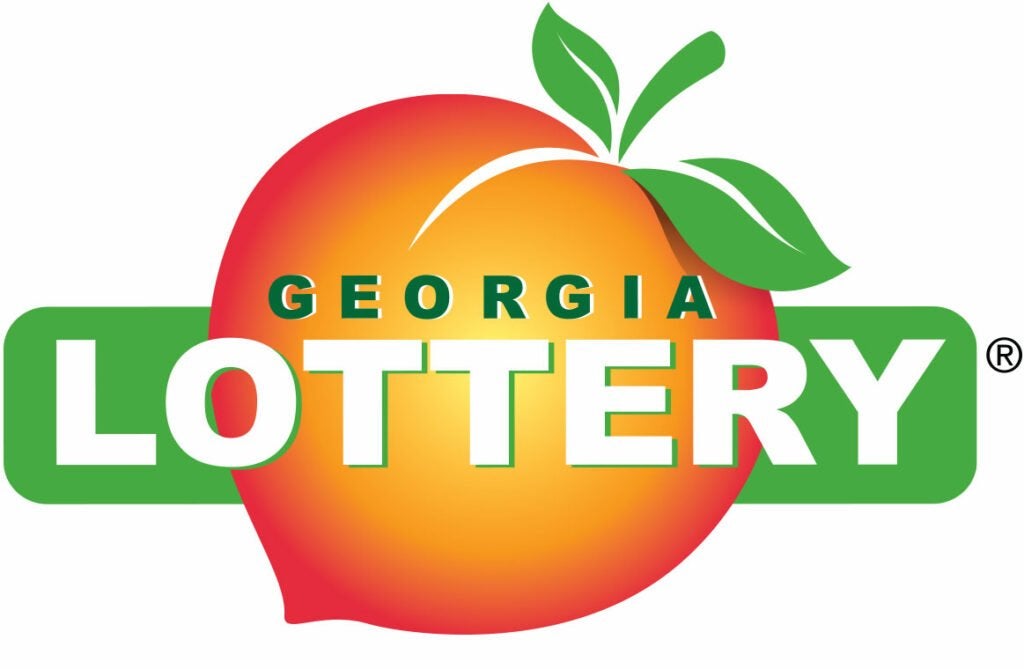Here we are in May and I’m almost sorry to have to leave April behind. This past month has been as nice as any in recent memory. It’s been just warm enough with just enough rain to please just about everyone. Flowering annuals and perennials have put on a wonderful show for us and as one gardening friend put it, “It’s been a Goldy-Locks spring.”
For most folks May is as busy a time as any in our gardens and landscapes. There’s just so much that can be done. In no particular order, here are a few things that you might want to look in to:
Plant those shrubs now, but plan to water them regularly through the summer. Roots take time to become acclimated, and it is going to start getting hot sooner than we might like. Two to four inches of mulch will help ensure that the soil doesn’t dry out between waterings.
Speaking of shrubs, many gardeners are now avoiding any sort of Boxwoods because of the spread of Boxwood Blight Disease. We first saw this in Atlanta 10 years ago and it has since spread far and wide. Once infected, there is no cure and attempting to prevent the infection is just not something most homeowners can do. However, there are many other great substitutes like those described in this excellent review. https://extension.uga.edu/publications/detail.html?number=C1107&title=think-outside-the-boxwood-alternative-plants-for-gardens-and-landscapes
Take an hour or so and walk around your yard and examine all your plants for possible insect infestations. Check under the leaves where they like to hide and lay eggs. There are books written on this topic, but this review is an excellent guide to harmful insects and how to control them.
Always remember that it is often a matter of quantity. A light infestation of many types of pests can be dealt with using simple approaches without resorting to insecticides and can occasionally just be ignored. https://extension.uga.edu/publications/detail.html?number=B1074
And while you are out there, it’s an excellent time to apply a bit of fertilizer to your shrubs but be careful and don’t over do it. Too little is far better than too much. This is particularly true of Azaleas, which have very shallow roots and can easily get “burned” by too much fertilizer.
A good slow release fertilizer is a better bet than the cheap quick dissolving types. Those plants cost plenty; don’t skimp on their care and feeding. And while we are talking about fertilizing, let’s not forget about compost and other organic sources of plant nutrients. Just remember that most organic sources contain far less of the three major nutrients (nitrogen, phosphorus, and potassium) than the typical 10-10-10 sold in stores.
However, they probably, depending on their source, contain more of the minor nutrients. Mulching with compost is almost always a good approach if we remember to add a bit of nitrogen a couple of times a year.
For those who already have well established spring blooming Azaleas, the best time to prune them is just after the blooms drop off. Azaleas will set next year’s flower buds on stems that will grow this summer. Pruning spring blooming Azaleas in the fall will result in very few blooms in the following year. This is the best article I have seen in a long time on the many types of this beautiful shrub. https://extension.uga.edu/publications/detail.html?number=B670&title=selecting-and-growing-azaleas
Pruning is a rather complex topic and there are few “rules of thumb,” which can be relied upon. This link has an excellent overview which discusses this in depth. https://extension.uga.edu/publications/detail.html?number=B961&title=pruning-ornamental-plants-in-the-landscape
I always like to end on a positive note and the great news is that this year’s peach crop is looking far better than last year. All the varieties grown in the CSRA area got their necessary chill hours and there have been no late spring freezes to damage the buds. There should be a very ample crop this year and I, for one, am anxiously waiting for the first harvests.
Peaches from southern Georgia will probably show up in the grocery stores 2-3 weeks before our local crop, but I always look forward to short trips up to the roadside stands around Trenton and Edgefield to get peaches picked that morning. I can almost taste that peach cobbler…










